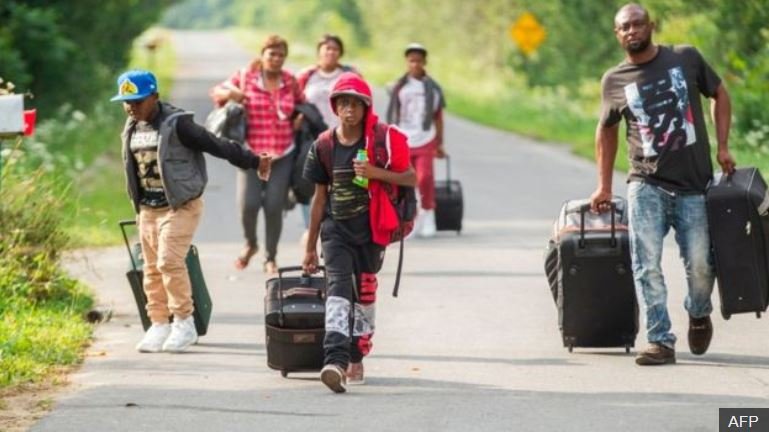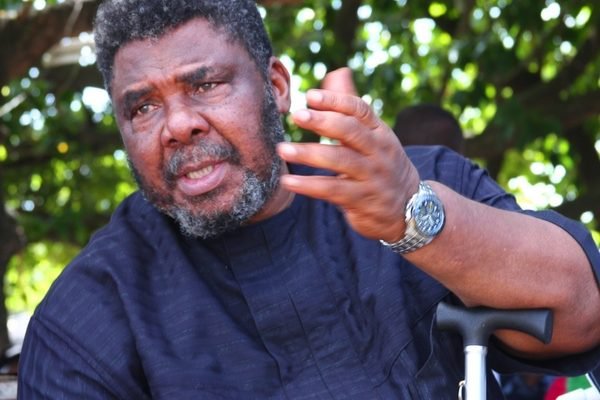
Thousands of Nigerian immigrants have been forced to cross into Canada illegally following President Donald Trump’s crackdown on illegal immigration to the United States.
Very few asylum seekers crossed the US border illegally over the years to Canada but that trend has since changed since Trump’s emergence.
Trump’s crackdown on illegal immigration and his move to strip Haitians, Salvadorans and others of their temporary legal status have had a broad effect on Canada’s refugee system, Reuters interviews with social service providers, government officials and a review of Canadian immigration data show.
More than 20,000 people, including thousands of Haitians and Nigerians and hundreds of Turks, Syrians and Eritreans, have crossed the border into Canada illegally over the past year in search of asylum, many fleeing in fear that Trump would deport them to their home countries.
This unexpected northward migration has overwhelmed Canada’s system for processing asylum claims, leading to the worst delays in years.
Aid agencies are also struggling to house asylum-seekers because of a shortage of accommodation in the four cities most affected by the migration wave – Toronto, Montreal, Winnipeg and Vancouver.
READ: Facebook shares crash following privacy backlash
While some of this has been reported, this story offers the most complete picture to date of the unintended effect of Trump’s immigration policies on the United States’ northern neighbor.
The Canadian government was forced to set aside C$173 million in its latest budget to pay for extra patrols at border crossings to cope with the influx, as well as security screening and processing of refugee applications.
Prime Minister Justin Trudeau’s government has discussed the situation with the Trump administration, but it has been careful not to publicly blame the US president’s policies for triggering the migration wave.
Nevertheless, it is already making preparations for more people to cross the border once the weather warms.

“We will be ready,” Immigration and Refugee Minister Ahmed Hussen said in an interview.
Aid agencies who are at the forefront of dealing with the influx say they are struggling and need more funding, a comprehensive long-term plan and better coordination with Ottawa.
“It’s going to get worse. The numbers keep climbing,” said Ilona Beiks, vice president of the Inland Refugee Society of British Columbia, which had to turn away refugees last year for the first time in its 35-year history because it did not have enough money to cope with the growing number of asylum seekers.
The influx shows no signs of abating. More than 1,500 asylum seekers walked across the border in January. Those working with refugee claimants say this is no blip: It’s the new normal.
Since January 2017 Reuters has sought to obtain the numbers of asylum seekers who walked across the US border into Canada in the years prior to Trump’s election.
The Canadian government has said no national historical data is available.
Read more on Reuters











